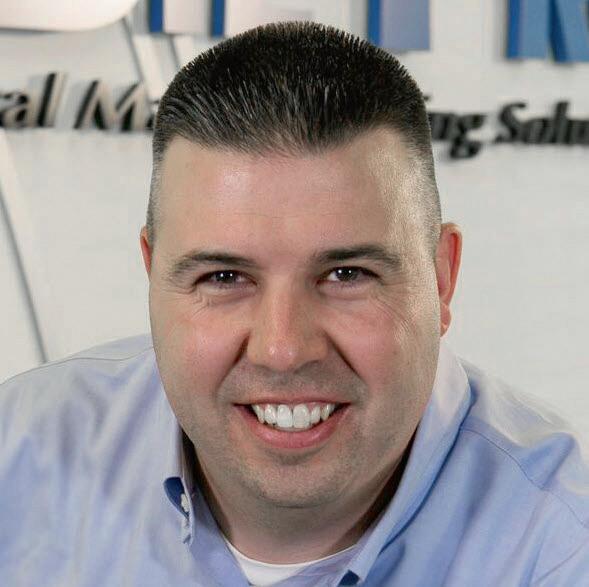
3 minute read
Comment
from MPN NA Issue 19
by MPN Magazine
CREDITS
advertising | caroline jackson caroline.jackson@rapidnews.com | david geltman david.geltman@rapidnews.com
head of media sales plastics & life sciences | lisa montgomery
head of studio & production | sam hamlyn
graphic design | matt clarke
publisher | duncan wood
Medical Plastics News is published by: Rapid Life Sciences Ltd, Carlton House, Sandpiper Way, Chester Business Park, Chester, CH4 9QE
T: +44(0)1244 680222 F: +44(0)1244 671074
Medical Plastics News NA Print subscription - qualifying criteria US/Canada – Free UK & Europe – £249 ROW – £249
Medical Plastics News Europe Print subscription - qualifying criteria UK & Europe – Free US/Canada – £249 ROW – £249
FREE on iOS and Android devices
© 2020 Rapid Life Sciences Ltd While every attempt has been made to ensure that the information contained within this publication is accurate the publisher accepts no liability for information published in error, or for views expressed. All rights for Medical Plastics News are reserved. Reproduction in whole or in part without prior written permission from the publisher is strictly prohibited.
ISSNNo: 2632 - 3818 (Print) 2632 - 3826 (Digital)
Editor’s Comment
CORRINE LAWRENCE
A SHOT IN THE ARM
2020 was a year many of us would care to forget for obvious reasons. It was a year during which many businesses found themselves digging deep to come up with workable solutions to satisfy financial and supply chain challenges ... because there was no official road map to recovery. The medical industry however, along with countless others, became adept to working differently. Quite simply, it had to.
But it was far from ideal. Face-to-face interactions, or specifically the lack of them, was a particularly hard blow — not only did this gaping hole affect organizations’ daily dealings with customers and prospects, it also hammered trade fairs — a sector we rely on to showcase our technologies, innovations, and expertise, as well as the opportunities they afford to reconnect with established acquaintances or forge new connections. ‘Virtual’ has its place, and we’ve been thankful for its ability to bail us out of a few tight spots, but it can never fully substitute being physically in front of people: how many business deals have been secured not just because of impressive technologies or competitive pricing, but rather because of rapport and intuition gained only through physical interaction?
As we ushered in 2021, the weak light flickering at the end of the tunnel took on a new, brighter glow as vaccination programs began to roll out across the land. As the days passed, optimism grew. Businesses that learnt new ‘survival’ tricks in 2020 became more efficient, which in turn has attracted more customers in 2021. Others have now established a ‘medical’ arm to their business after realizing they can adapt their capabilities and know-how to help redress the industry’s high demand/low supply issue. There’s nothing quite like a crisis to highlight weak spots … and the pandemic certainly achieved that. The international just-in-time supply chains relied on by many proved to be organizations’ Achilles’ heel. But where there’s a cloud, there’s (usually) a silver lining, and the silver lining here is that many businesses are now choosing to work with local partners — a move that keeps industrial cogs turning while benefiting local economies. To keep pace with this trend, companies have, therefore, chosen to invest in additional capacity either through expanding current facilities or through acquisitions.
And yet, despite all of this — or, perhaps because of all of this — the industry has continued to innovate, particularly in the sustainability arena: another major theme of 2021. Many medical plastics companies have already signed up to net zero initiatives or are developing environmentally friendly alternatives to their main product portfolios. Regardless of what comes out of COP26, companies have a duty of care to assume responsibility for their own facilities, processes and products. We’re all keen to return to normal, but pollution? Well, that’s one ‘normal’ we don’t want back.








